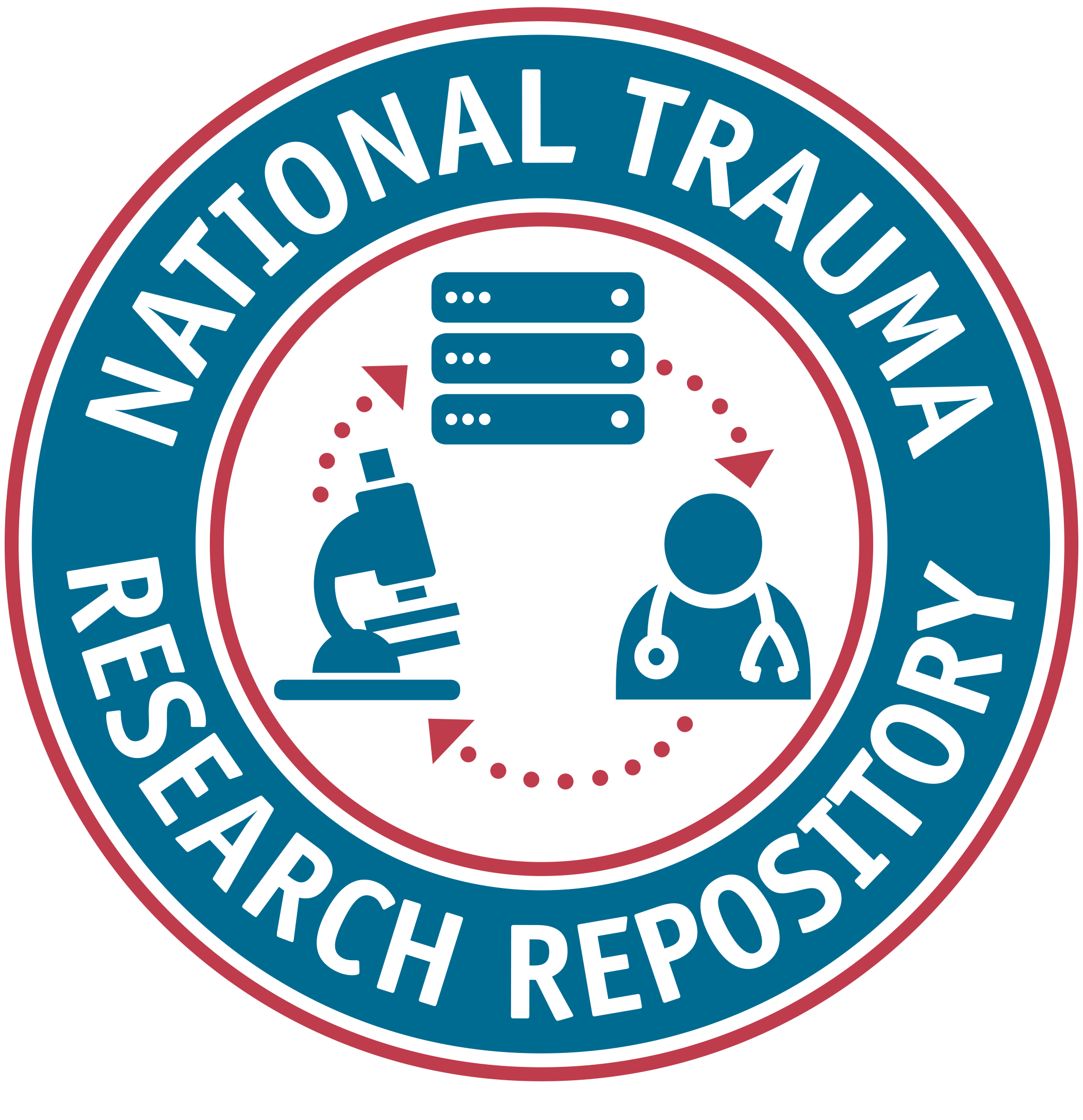Listed below are the details for the data element.
FITBIR
1.0
Element Type
Common Data Element
NIH Toolbox Motor Domain Balance Measure Standing Balance Test - Position number
NIHTBSBTPositionNum
Short Description
Number of the position, as part of the NIH Toolbox Motor Domain Balance Measure Standing Balance Test
Definition
Number of the position, as part of the NIH Toolbox Motor Domain Balance Measure Standing Balance Test
Notes
The NIH Toolbox Standing Balance Test is a measure developed to assess static standing balance for ages 3-85 years. It involves the participant assuming and maintaining up to five poses for 50 seconds each. The sequence of poses is: eyes open on a solid surface, eyes closed on solid surface, eyes open on foam surface, eyes closed on foam surface, and eyes open in tandem stance on solid surface. Detailed stopping rules are in place to ensure participant safety with these progressively demanding poses. Postural sway is recorded for each pose using an accelerometer that the participant wears at waist level. This test takes approximately seven minutes to administer and is recommended for ages 3-85. This test is part of the NIH Toolbox Motor Domain Balance Measure.
Creation Date
2016-06-03
Historical Notes
Standing Balance Test
References
http://www.nihtoolbox.org/WhatAndWhy/Motor/Balance/Pages/Balance.aspx
Data Type
Numeric Values
Input Restrictions
Single Pre-Defined Value Selected
Population
Adult and Pediatric
Guidelines/Instructions
Have participant take off shoes!! While putting the belt and accelerometer on participant, say: This is a test of your balance. There are as many as 5 (or, for children ages 3-6, 4) different poses that you will be asked to do. During each pose, you will be asked to stand as steady as possible for 50 seconds. You will have a second chance if you cannot hold the position for 50 seconds. Between each set of poses, you may rest in the chair if needed. Please try to do your best. I will demonstrate how I want you to stand before each pose. Explain that the accelerometer on the belt is used to measure balance and ask permission to put on the belt or ask the participant to help. The belt should fit tightly around the pelvis and the handles of the belt should be positioned to the back of the participant. For ages 7 and older, the accelerometer is placed on the front of the belt. For ages 3-6, the accelerometer should be placed on the back of the belt (and the handles on the belt should be on the participants side). Throughout the testing, the participant should be reminded that he/she can step out of the pose if he/she is feeling unsafe or unable to hold the pose.
Preferred Question Text
Pose 1-4
Category Groups and Classifications
| Disease | Domain | Sub-Domain |
|---|---|---|
| Traumatic Brain Injury | Outcomes and End Points | Physical Function |
| General (For all diseases) | Assessments and Examinations | Physical/Neurological Examination |
Classification
Traumatic Brain Injury:
Supplemental
Moderate/Severe TBI: Rehabilitation
Acute Hospitalized
Concussion/Mild TBI
Epidemiology
General (For all diseases):
Supplemental
Keywords
Standing_Balance_Test
Motor
Balance
NIH_Toolbox
Labels





